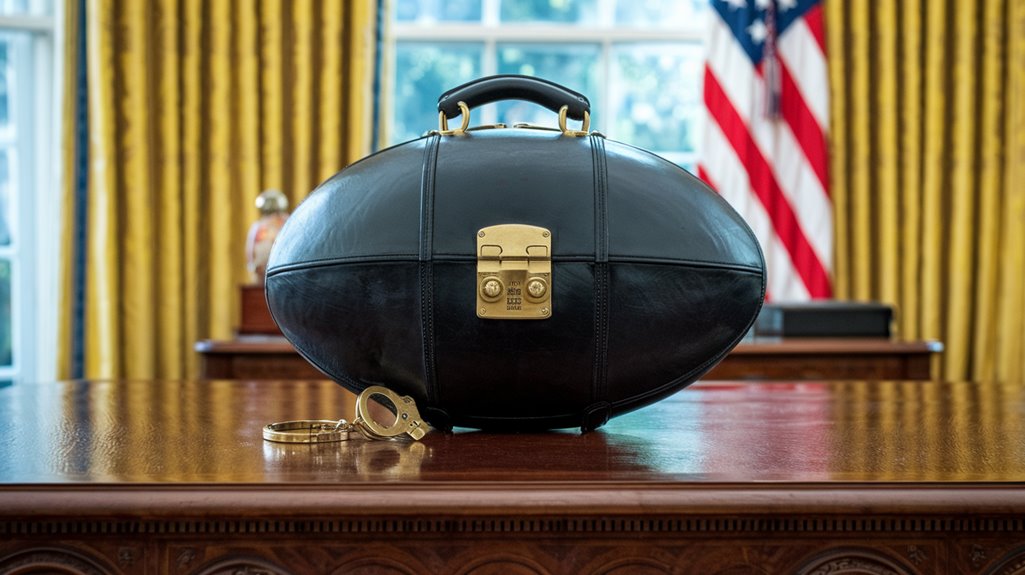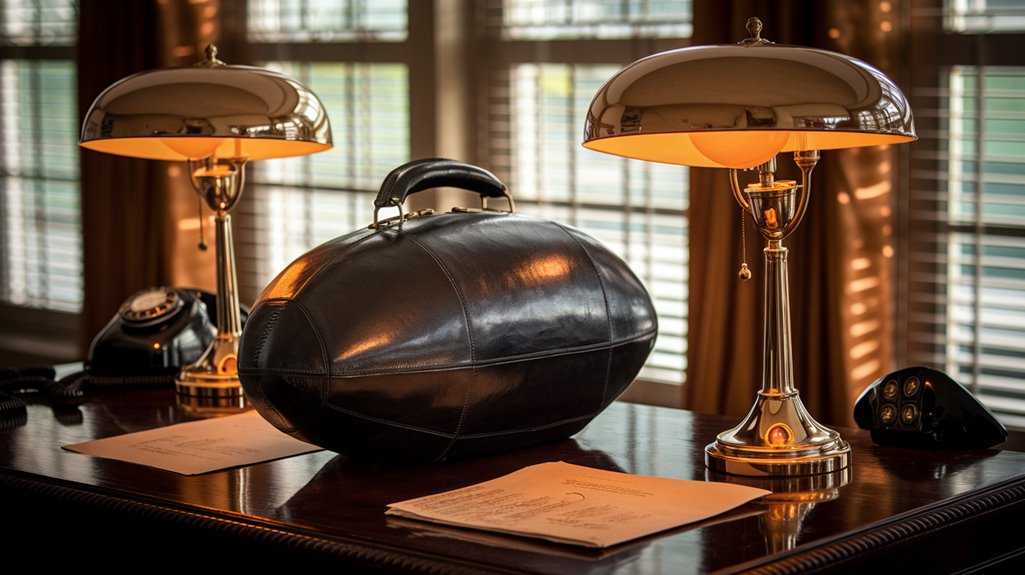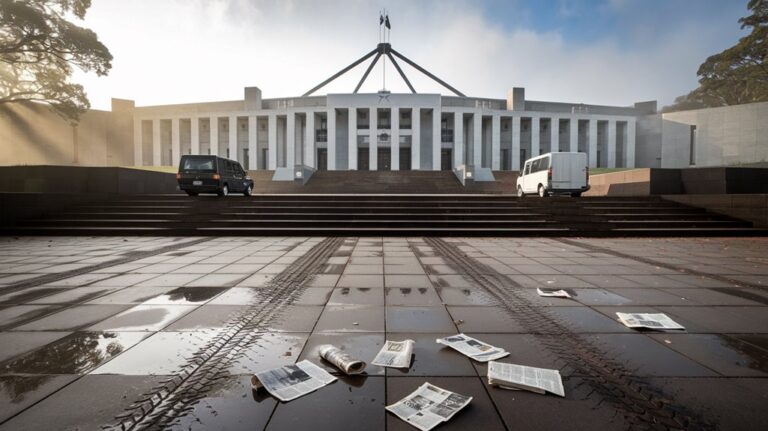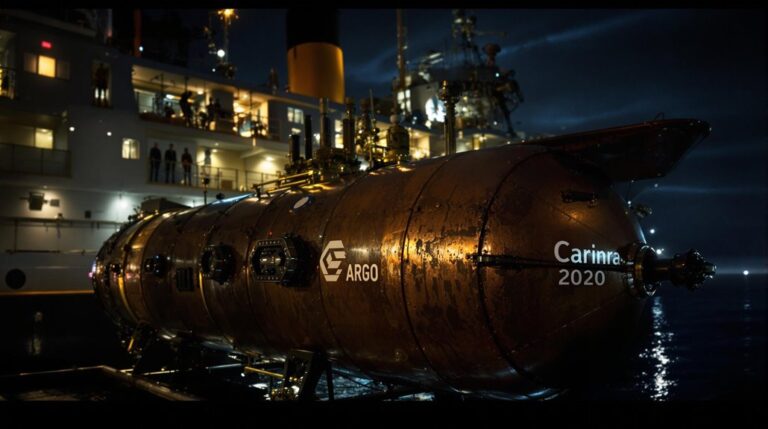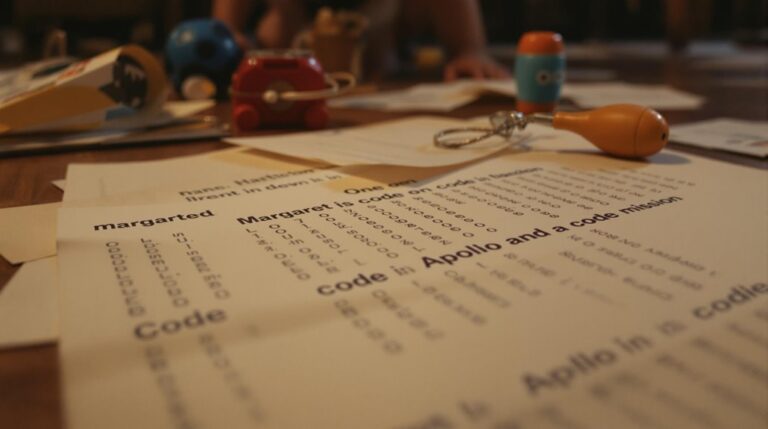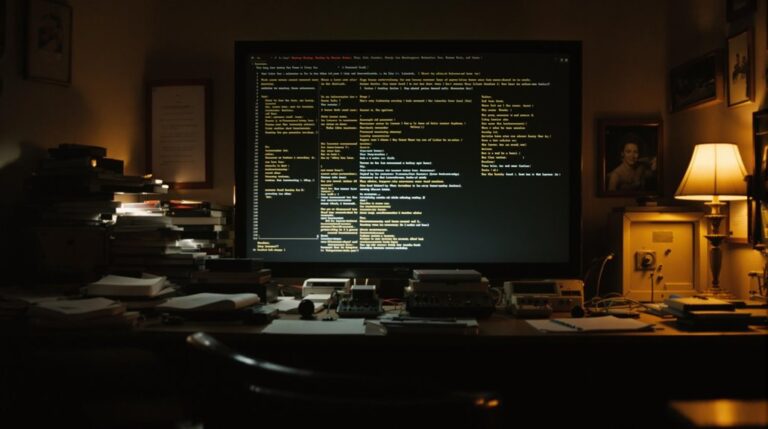The Nuclear “Football”: A Briefcase That Could End the World
You've probably seen it in news footage: a military aide carrying an unassuming black briefcase, following the U.S. President everywhere. Don't let its ordinary appearance fool you. This innocuous-looking case, nicknamed the "Nuclear Football," holds the codes and procedures that could trigger a global catastrophe within minutes. While it's never been used in a real crisis, this 45-pound briefcase represents humanity's most dangerous creation and the ultimate symbol of presidential power. What's inside might surprise you.
The Origins and Evolution of America's Deadliest Briefcase

In the shadows of the Cold War, America's nuclear football emerged as one of the most powerful briefcases in history. You can trace its origins to President Eisenhower's concerns about nuclear strategy implications in the 1950s, when he first directed a military aide to carry emergency documents.
The system evolved markedly under President Kennedy's administration in the 1960s, fundamentally reshaping presidential decision making during nuclear crises. Its early use included the historic first photograph in May 1963.
After Harold Agnew's alarming discovery of inadequate safeguards at a NATO base in 1959, officials developed enhanced security measures, including electronic locks for nuclear weapons.
The football's contents expanded to include the Black Book of targeting options and the vital "biscuit" authentication card. The Zero Halliburton briefcase weighs approximately 45 pounds and contains essential emergency response documents.
Through the Cuban Missile Crisis and beyond, you'll find the football has remained a sobering symbol of presidential authority over nuclear weapons.
Inside the Presidential Emergency Satchel: What We Know
The mysterious contents of America's nuclear football remain largely classified, yet experts have pieced together key details about this portable command center.
Inside the leather briefcase, you'll find the essential tools needed to initiate a nuclear protocol, including authentication codes that verify the President's identity and a "Black Book" outlining various strike options.
The satchel contains secure emergency communication equipment that connects directly to the National Military Command Center.
Vice presidents carry backup nuclear footballs to ensure command continuity during emergencies.
You'd also discover an extensive list of secure bunker locations where the President can take shelter during a nuclear crisis.
The President carries unique launch identifiers called the gold codes separately.
To guarantee swift public awareness, the football includes emergency broadcast protocols.
While the exact details remain secret, these core components enable the President to respond to nuclear threats within minutes, maintaining America's deterrent capability.
The Chain of Command: How the Nuclear Football Works
While the President holds sole authority to launch nuclear weapons, a complex chain of command guarantees the authenticity and proper execution of any nuclear strike order.
When the President initiates launch protocols, they must first verify their identity using a special code card called the "biscuit" through secure communication channels within the football.
The 45-pound briefcase contains critical communications equipment and various nuclear response options.
The National Military Command Center then issues a challenge code that requires the President's response.
The emergency action documents are constantly updated to maintain legal compliance and relevance.
These security measures include the two-man rule at launch facilities, ensuring orders come from the legitimate commander-in-chief.
After authentication, the President selects an action plan, and orders are relayed to strategic forces including ICBMs, submarines, and bombers.
Though the Secretary of Defense and Joint Chiefs Chairman advise the President, they can't veto the decision.
The entire process must happen swiftly, typically within a 30-minute window.
Global Impact and International Nuclear Counterparts
Nuclear deterrence reaches far beyond America's borders, as multiple nations maintain their own versions of emergency nuclear command systems.
While only the U.S., Russia, and Pakistan employ nuclear briefcases, a total of nine countries now possess nuclear weapons, each with their own nuclear deterrence strategies.
You'll find that global nuclear tensions have intensified in recent years, particularly with threats from North Korea and Russia.
When President Biden's nuclear football appeared during his UK visit, it sparked immediate reaction from Russia, demonstrating how these symbols of nuclear readiness can affect international relations.
The sobering reality is that these systems, while serving as ultimate insurance policies against attack, also represent humanity's capacity to end civilization within hours through nuclear winter and widespread destruction.
Notable Moments and Security Incidents in Nuclear Football History
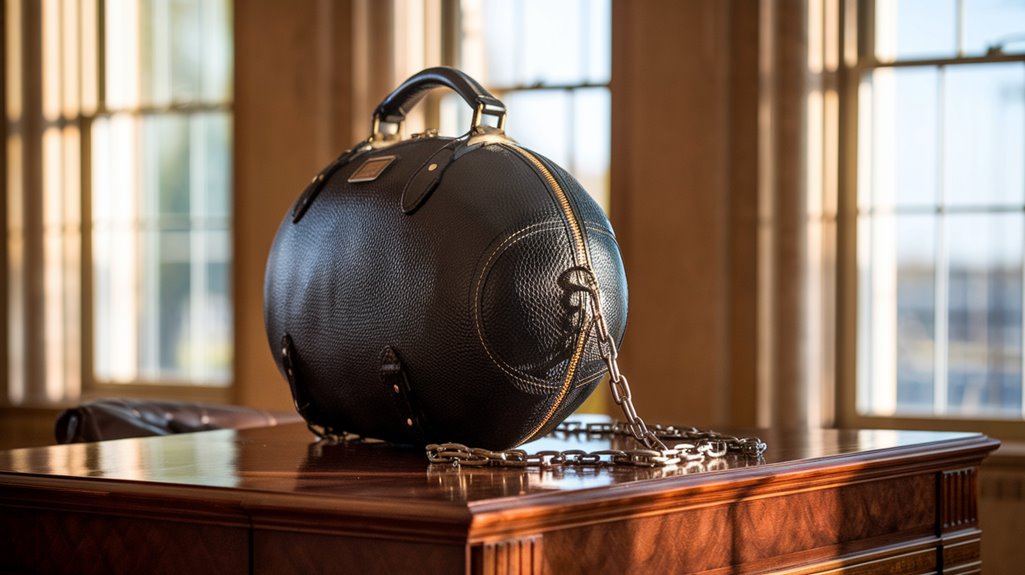
Dramatic incidents throughout the nuclear football's history reveal both its essential importance and vulnerability.
 Sole authority to launch rests entirely with the President, making proper security measures even more critical.
Sole authority to launch rests entirely with the President, making proper security measures even more critical.
The Pentagon inspector general has now launched an unprecedented review to evaluate nuclear football security protocols and procedures.
You'll find that several security protocols have been challenged during significant incidents, raising serious concerns about the safeguarding of this critical national security asset.
Notable security breaches include:
- The 2021 Capitol riot bringing rioters within 100 feet of Vice President Pence's backup football
- A physical altercation with Chinese security forces in 2017
- Former President Trump allowing Mar-a-Lago guests to pose with the football
These events prompted the Department of Defense to initiate a thorough review of security procedures.
The investigation revealed that even U.S. Strategic Command was unaware of potential threats during some incidents, highlighting significant gaps in protection protocols.
These revelations have led to enhanced measures protecting this essential component of America's nuclear command structure.

